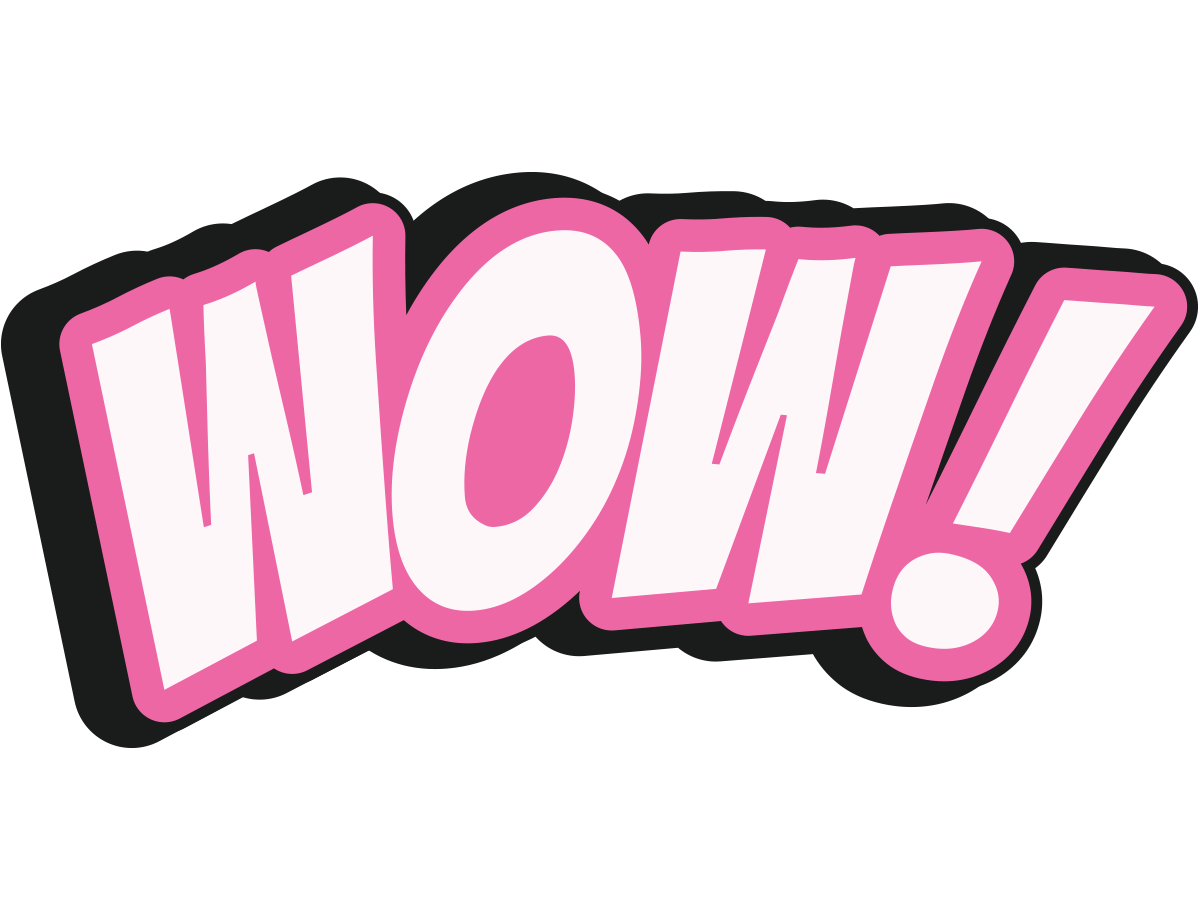Loading...
From the minds of Mrs. Morigeau & Mrs. SelvigLoading...
ADVENTURESLoading...
Loading...
INLoading...
MLA CITATION!Loading...
MLA CITATION!

Brought to you by...


What does MLA mean?
Your CHS

Librarians!


What does MLA mean?

Let's find out together...
Your CHS


Ethical Use of Information: To use the work of others, you need to understand citation and the correct use of quotations and paraphrases.
Intellectual Property: Creations of the mind such as literature, art, inventions, logos, and conceptualizations protected by copyright, trademark, or patent.
Copyright: legal protections given to an author or
creator
Trademark: legal protections given to a
manufacturer or company
Patent: legal protections given to an inventor
Copyright: legal protections given to an author or
creator
Trademark: legal protections given to a
manufacturer or company
Patent: legal protections given to an inventor
Direct Quotation: Using the exact words of another person and identifying the use with quotation marks and a citation.
Paraphrase: Explaining the meaning of another’s writing or work but putting it into your own words. Teachers like to see this because it shows you understand your topic. A paraphrase needs a citation.
Plagiarism: Copying another person’s intellectual property on purpose or by accident, trying to pass off another person’s work as your own, or using your own work for multiple assignments in various classes.
Summary: A short review of the main points of a longer piece of work. This needs a citation.
Works Cited: The final page of your paper where all the resources you used are listed in alphabetical order. The works cited page has specific formatting (see page 10).
In-Text Citation: Also known as a parenthetical citation, it is found in the body of your paper or essay to alert the reader where you have blended another’s ideas, words, facts, or data into your writing (see page 20).
Resources: Anything you consult to learn more about your topic or information by another person you use to emphasize a point you are making in your writing. These include books, articles (online or in print), images, video, graphs, statistics, primary sources, and secondary sources. Basically, anything you look up to assist you when writing about a topic.
Primary sources: a piece of information created during the time period you are studying: journals, letters, maps, interview transcripts, autobiographies, and other creations that have not been altered.
Secondary sources: anything that provides information about a topic that is not first-hand.
Primary sources: a piece of information created during the time period you are studying: journals, letters, maps, interview transcripts, autobiographies, and other creations that have not been altered.
Secondary sources: anything that provides information about a topic that is not first-hand.